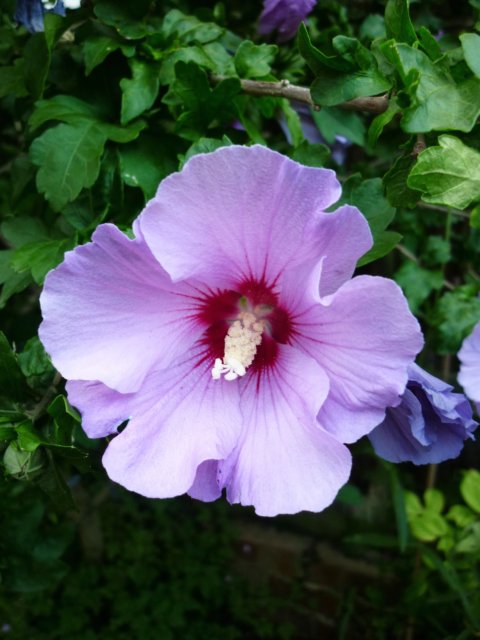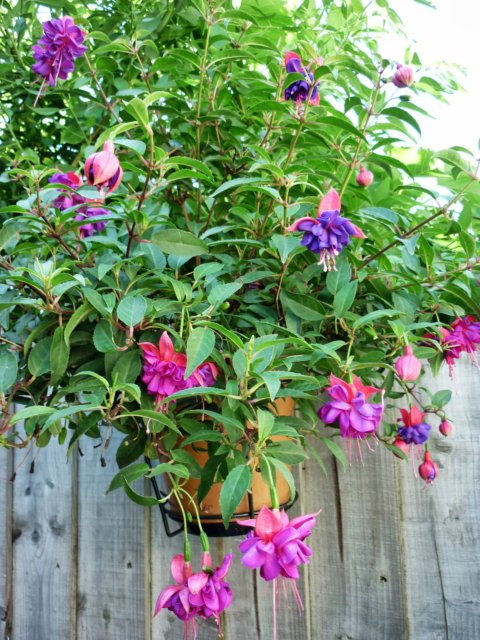So with some free time and a sunny day I headed east of Delargo Towers, to see what delights Hackney had to offer.
My plan was a short circular trip starting at Abney Park Cemetery then on to Hackney Downs ending up at Clapton Ponds and a bus home.
This is what it would have been like in 1800.
1908
and now in 2013
I planned to visit Abney Park Cemetery for ages and indeed it is a fascinating place.
Abney Park originally dates from just before 1700; it covers 32 acres and is named after Lady Mary Abney and associated with Dr Isaac Watts. In the early 18th century, the park was accessed via the frontages and gardens of two large mansions - her own manor house (Abney House), and the neighbouring Fleetwood House. Both mansions fronted onto Church Street in what was then the quiet Nonconformist village of Stoke Newington.
Abney Park has a claim to be the earliest complete design for a permanent 'Egyptian Revival' entranceway at a cemetery anywhere in the world. Augustus Pugin pilloried the idea and hoped no-one would repeat such a radical departure from 'good Christian' gothic design. It was designed by William Hosking FSA in collaboration with Joseph Bonomi the Younger.
Abney Park was the first London cemetery to be invited to join the Association of Significant Cemeteries in Europe.
It became Hackney’s first Local Nature Reserve and was opened in 1840. Two and a half thousand trees were planted creating a garden cemetery of 13 hectares. Abney Park is central London's largest woodland and is classified a Site of Metropolitan Importance for Conservation. It is also home to birds and butterflies rarely seen in London.
There are around 200,000 graves.
Dr Isaac Watts' statue sculpted by Edward Hodges Baily, RA FRS.
Abney Park is also the resting place of William and Catherine Booth, William Wilberforce, a Victoria Cross recipient from the Indian Mutiny, Betsi Cadwaladr, a Welsh nurse who worked in the Crimea with Florence Nightingale, and the great music-hall star 'Champagne Charlie' himself George Leybourne.
The first Non-denominational cemetery chapel in Europe by William Hosking is looking rather sad now and is unsafe to enter.
Abney Park was unique in being the first arboretum to be combined with a cemetery in Europe; offering an educational attraction that was originally set in a landscape of fields and woods, some distance from the built-up boundary of London. Its 2,500 trees and shrubs were all labelled, and arranged around the perimeter alphabetically, from A for Acer (maple trees) to Z for Zanthoxylum (American toothache trees).
The graveyard scenes in the video for 'Back to Black' by (the Patron Saint of North London) Amy Winehouse were filmed at Abney Park Cemetery.
Abney Park is also one of the Magnificent Seven London cemeteries
Kensal Green Cemetery, 1832
West Norwood Cemetery, 1837
Highgate Cemetery, 1839
Abney Park Cemetery, 1840
Nunhead Cemetery, 1840
Brompton Cemetery, 1840
Tower Hamlets Cemetery, 1841
Onwards and backwards. After leaving the delights of Abney Park (to which I fully intend to return and perhaps spend a little more time wondering through the woods) I managed to get on the right bus but going the wrong way.
This turned out to be not a bad thing. Switching buses on Stoke Newington Common gave me a chance for a quick look around. Surrounded by lovely houses it was a very pleasant place to be in the sunshine.
Hackney Council has planted a large swathe of it with wild flowers giving the area a rural feel..
Then on to Hackney Downs. Not as interesting as it sounded. It's just a large square of grass with some trees around the edge and some rather ugly municipal buildings. Not just dotted about it but dominating the very centre. To be honest its not worth crossing the road for, me dears.
After trolling around the so called Downs it was just a short walk to Clapton Pond. I have been past it many times on the bus and have always meant to get off and have a look-see at some point.
Mission accomplished, I caught a bus towards Stamford Hill and home. I had, dear reader, intended to end my rambling with a pint of local ale but the only public house that was still trading for the purpose it was intended looked a little hostile.
Determined to follow tradition I jumped off the bus.
Stamford Hill lies on the old Roman road of Ermine Street and was the site of a turnpike. There were several grand houses here in the 18th century including eminent Jewish residents the Montefiore family and Nathan Meyer Rothschild. With the increased development of the area, many distinguished families moved away: in 1842 there were few remaining of the wealthy Jews who had once settled in Hackney. From the 1880s, a new influx of Jews arrived in the area escaping from the poverty in the East End, and later it became a refuge for those fleeing Nazi persecution in the years before World War II. Stamford Hill now is home to Europe's largest Hasidic Jewish and Adeni Jewish community.
Now then, me dears, as interesting though the area is, it's probably not the ideal location for said liquid refreshment so, jumping on another bus I headed down to Lea Bridge.
Ok it does not still look like it did in this painting but the river is still there.
And just look what I found. One of the few pubs to have changed sex!
The Prince of Wales became the Princess of Wales after the tragic death of H.R.H Diana Princess of Wales.
Fab.
ttfn
























































